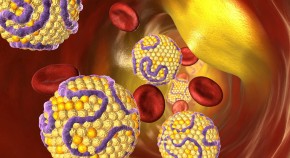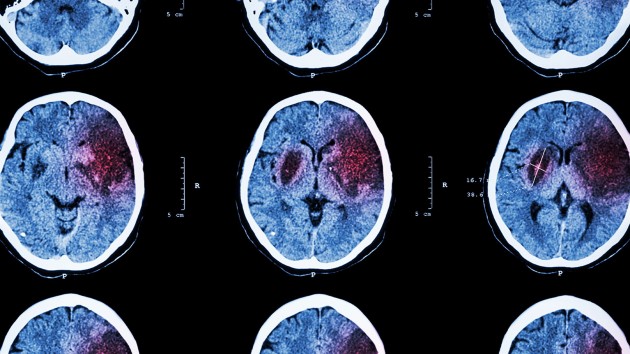
Inviting submissions on Multimorbidity
This Collection welcomes clinical, epidemiological, and public health research focused on multimorbidity.

This Collection welcomes clinical, epidemiological, and public health research focused on multimorbidity.



Nittas et al. discuss the importance of cultural adaptations in eliminating systemic exclusion of traditionally underserved cultural groups to minimize barriers to accessing digital healthcare interventions. They outline the existing challenges of the digital divide and provide recommendations to overcome them.
